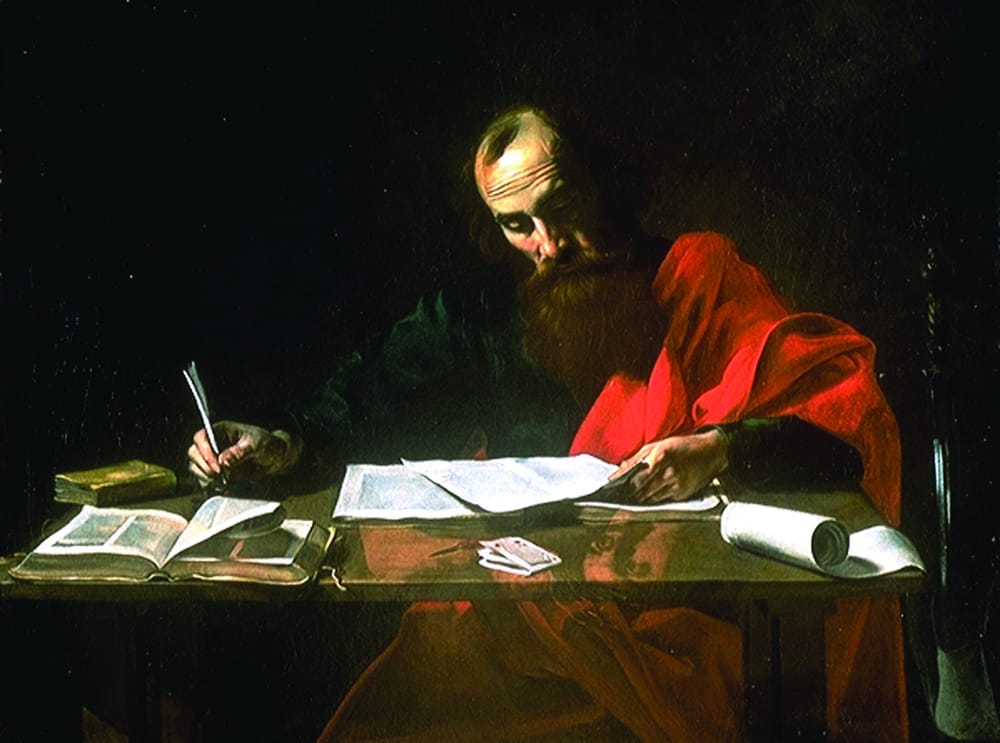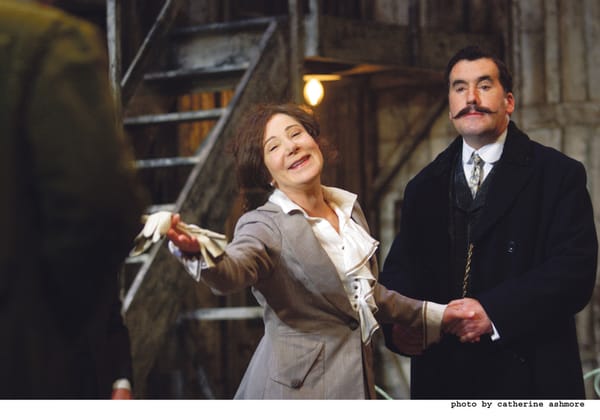The art of storytelling
Guo Heng Chin guides us through the nuts and bolts of a good story

Do you remember that one time when you stumbled upon a book that captivated you so much you could skip meals and read it way beyond bedtime just because you couldn’t bear to tear yourself away from the pages? Or that pang of sadness and longing as you came to the end of the novel and had to part with the wonderful cast of characters with whom you travelled though the pages of the book? There’s one thing in common with those books: good storytelling. Here’s a brief rundown of the cogs and gears of what makes a story engrossing.
Plot and pace
Plot is pretty much defined as ‘something happening’. Though plot is the backbone of the story, it’s surprising how many modern novelists forgo plot in the name of avant-garde experimentation, resulting in a piece which feels pretentious. Without a plot, a story is just a mumbo-jumbo of events.
Plot structure is generally divided into three acts: the setup, where the characters and setting are introduced; the conflict or confrontation where our hero or heroine faces an problem and is required to sort it out, and the resolution or climax, where everything comes together and our hero either rises triumphant or succumbs to the conflict. This structure is generally known as the three act dramatic structure and most stories fall under this category.
Pace is as important as plot itself, for a novel with no significant events for the first 100 pages often puts off readers (unless of course, you are writing for a 19th century audience). A well-paced novel keeps the reader constantly engaged by striking a fine balance between exposition and moving the plot. This balance is more important in science fiction and fantasy novels where whole imagined worlds must be introduced to the reader. An elaborately detailed world lays the ground for more complex stories and gives the reader immense satisfaction when the events unfold through the second and third act, provided they continue reading up to there.
There are plenty of plot devices to drive the plot and rhythm of the story, but as space is constrained, only two will be discussed here. Continuity is when the author plants an item in the early part of the story only to bring it out later in the plot to solve a conflict. A well-executed continuity brings about the ‘Ah! That’s genius,’ moment from readers. Continuity is key to a good plot twist.
On the other side of the coin, there is the deus ex machina, a plot device which, in my opinion should be avoided at all costs, for nothing spoils a good story as much as a deus ex machina. The Latin term translates to ‘god out of the machine’; it originates from ancient Greek tragedies where the actor portraying a god is lowered onto the stage by a crane. A deus ex machina is when the writer resorts to employing an improbable device which was not previously introduced, or a plot which defies the internal logic in order to excavate his or her characters out of a mire and resolve the conflict (e.g. an omnipotent entity suddenly emerges and solves all the problem). A dues ex machina turns to dust all the effort spent developing the plot and shortchanges the audience of the satisfying conclusion they deserve for sticking with the story for so long. Though not specifically book-related, but nevertheless a good recent example of an otherwise good story lost to dues ex machina in storytelling is James Cameron’s Avatar. Christopher Nolan’s Inception, on the other hand, was such a satisfying film because it did not break its internal logic even when things got rough.
The importance of plot goes way back into the antiquities: Aristotle, discussing dramatic theory in his seminal Poetics, considered plot more important than characters. Which brings us to the next main element of a story.
Characters
Is characterisation second to plot in what makes a story good? Would Vladimir Nabokov’s Lolita achieve the masterpiece status it enjoys had Humbert Humbert not been the colourful and intriguing character he is? Would Yann Martel’s Life of Pi have won the Booker had Pi been merely as interesting as a pie? Going further back, would Milton’s Paradise Lost have stayed eternal had it not been for the charismatic Satan?
Characters are what grounds readers to the story. It is with the characters that the readers empathise with, and empathy is the bridge that connects the reality of the reader to the reality of the story-world. I’d like to think of characters as an avatar for readers to enter and explore the world of the story, very much like the Na’vi avatars used by the humans in Avatar.
What makes a protagonist interesting? Ambiguity and depth is always appealing. A knight in shining armor with unshakable devotion to the good is vanilla. Throw in a dash of the dark side, and a sprinkle of flaw like arrogance or self-doubt, and you get one engaging character. That’s why Darth Vader is cooler than Obi-Wan Kenobi.
Or you can just make him or her tragically flawed like the Miltonian Satan whose own perpetual arrogance brought his downfall. You have to admit though, it’s hard not to like a character who still vaunts aloud amidst racking internal emotions.
Or it could be just that the readers find it easy to relate to the protagonist. Bella Swan of the Twilight Saga is probably the most one-dimensional character in modern literature but yet an empire was spun out of the Twilight books and movies (Kristen Stewart is no better at playing her) because she lives the dream girls and Twilight mums around the world can only fantasise about. Harry Potter started out interesting as he struggled to come to terms with the sudden heap of fame and infamy dropped on his lap as he stepped into Hogwarts for the first time, but in the last few books, he seems to have his gearstick jammed at the angsty teenager gear.
Narrative and style
A good story stays in the mind of the reader after they finish the book, but a good story with great delivery etches itself on the memory of the readers. Storytelling methods have changed drastically from the Dickensian time when an omnipotent third person narrative is conventional. The first person narrative is the norm for modern literature; the argument is that it allows the readers to get into the mind of the character more easily. The third person POV is still alive, though more often in science fiction and fantasy where there is a more pressing need to describe the world around the characters while modern literature prefers to deal with the internal, emotional environment of the character.
Narrative became more creative in the 20th century with literary colossuses James Joyce and Virginia Wolf innovating the stream of consciousness narrative which seeks to emulate the thought process. William Faulkner’s The Sound and the Fury tells the same event from different character POVs. Rushdie’s revered Midnight’s Children draws its narrative style from the Indian storytelling tradition: for the first time readers (I was one of them) it might seem disconcerting, but once you get used to it it’s a jolly fun ride down the surreal India he describes.
Experimentation with language forms the other facet of storytelling. No writer other than Vladimir Nabokov has such eminence as an English prose stylist. His Lolita remains the epitome of prose style; it’s the only prose work that exudes such finesse in wordplay and wit and an abundance of luxuriant imageries that it reads like poetry.
Putting it all together
Impeccable plot and pace, brilliant characterisation and innovative narrative are tenets of a good story but of course they are not the only elements that make a classic out of a novel. Ayn Rand’s Atlas Shrugged has not the best writing nor narrative (it desperately needs an editor to trim it down), but its ambitious and controversial themes were what writ her name and the novel on stone. Nevertheless, those three elements are the fundamentals of most good storytelling and are executed to perfection in some of our most cherished stories.









